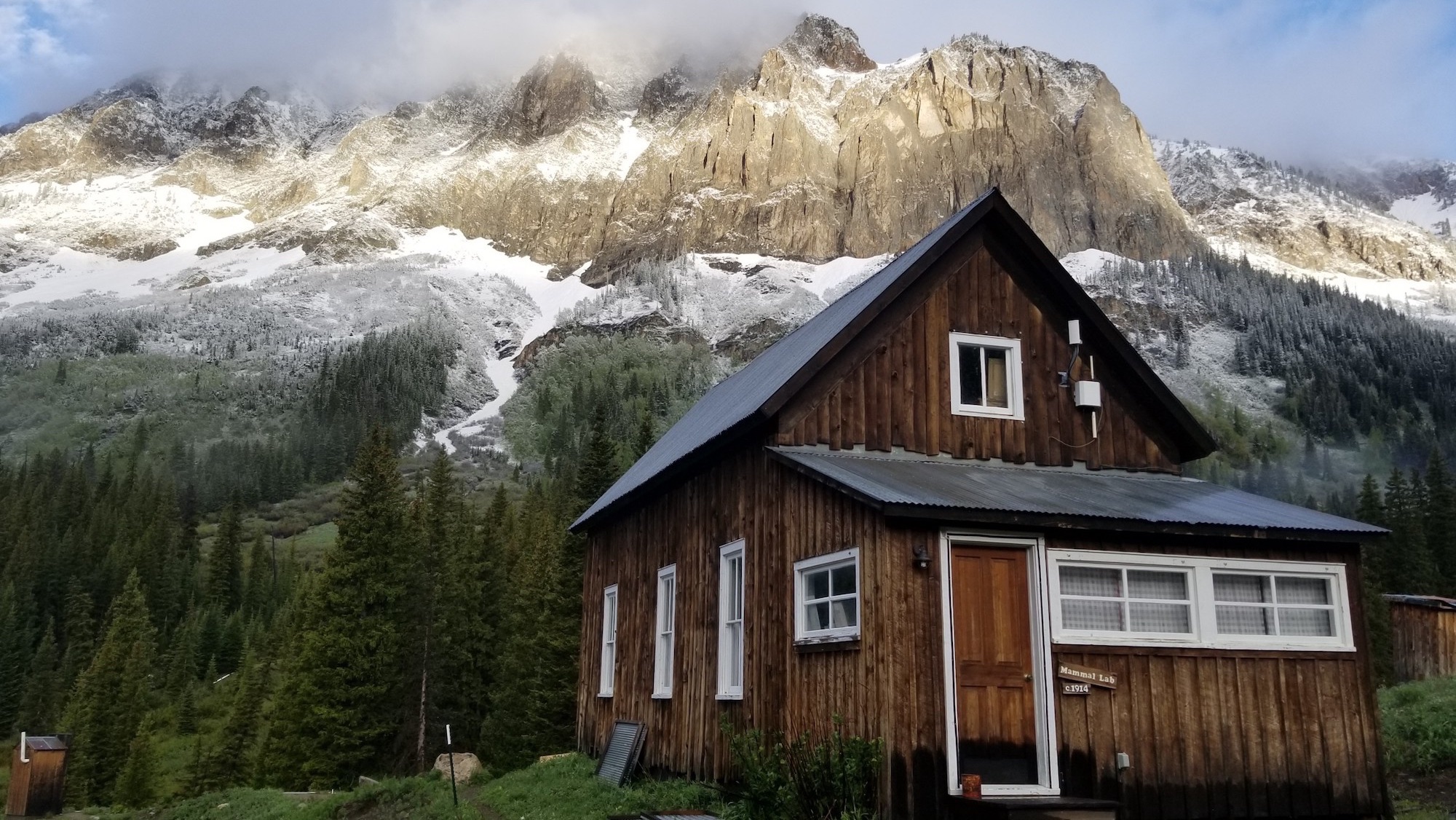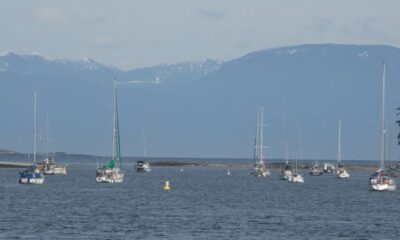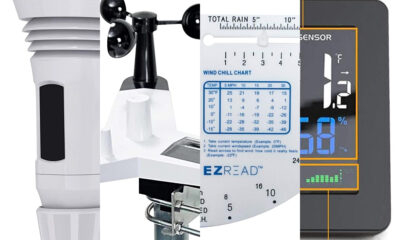Gadgets
Visit one of the world’s most prolific research stations in Colorado mountains

North of Crested Butte, Colorado sits Gothic, an abandoned silver mining town established in the 1870s. The unincorporated town is the only outpost of civilization in the valleys and mountains between Crested Butte and Aspen. When silver ran thin and miners deserted the area, the biologically diverse valley turned out to be rich in far more than minerals. Now, Gothic is home to one of the most prolific environmental research stations in the world: the Rocky Mountain Biological Laboratory (RMBL).
Since it was established in 1928, more than 9,000 scientists, students, and staff have worked, lived, and studied at RMBL. At least 200 researchers call the valley home each summer, and more than two thousand papers have been published on everything from marmots to pollinators to biodiversity.

Images: Dave Basden
It’s one of the most diverse alpine regions in the world, covering multiple ecological biozones within a relatively small geographic area. It’s an ideal location for studying pollination networks due to its wildflower diversity, plus it’s home to the second longest—but the longest continuous—living mammal study in the world, surpassed only by Jane Goodall’s research with chimps. The mammal in question in Colorado, however, is marmots.
Studies on behavior patterns of this important indicator species started in 1962 and because they’re such highly studied creatures, their behavior can be used to track changes in the environment. For example, explains John Hausdoerffer, director of scientific communications at RMBL, marmots that continuously emerge earlier in the spring and migrate higher up the mountain provide evidence of rising overall temperatures.
Plus, “Biological processes are the same everywhere, so what we’re learning can be applied to other species in other places,” says Ericka Bremer, development manager at RMBL.
But there’s more being studied than large rodents at this idyllic station spread across a 30-by-30 square kilometer area in the mountains. In fact, the bulk of research happening in Gothic is to help build and shape historical environmental databases and provide data to inform decisions around conservation. Research that is important within specific ecological and environmental sciences and more broadly for global sustainability, explains Jeni Blacklock, RMBL executive director.

For example, billy barr [sic]—the unofficial mayor of Gothic who’s lived full-time at RMBL since 1972—has been recording snowpack, snow melt, and daily temperatures for over 50 years. In the last few years, researchers have also incorporated radiation measurements, humidity, and wind speed, all of which help tell a more detailed story about what’s happening in the environment year over year. In fact, the long-term data collected may be the most important work RMBL undertakes.
Drones cruise overhead to study patterns in the landscape. Long term water ecology and hydrology studies collect info on flow rate and water-based species. A long-term study of wildflowers and temperature data highlights, among other things, how sagebrush competes with wildflowers. The goal is to track as many data points as possible and log it all in order to understand the depth and breadth of the complete ecosystem from atmosphere to animals to water and what they have to do with one another and a changing climate.
These layered insights allow researchers to analyze and better understand how water cycles, weather patterns, and atmospheric changes influence entire ecosystems, including predicting water availability. Blacklock explains, “By linking temperature records, CO₂ levels and precipitation data with ecological observations, researchers can assess how rising global temperatures are impacting plant growth, pollination cycles and carbon storage.”

-

 Destination7 months ago
Destination7 months agoSingapore Airlines CEO set to join board of Air India, BA News, BA
-

 Breaking News9 months ago
Breaking News9 months agoCroatia to reintroduce compulsory military draft as regional tensions soar
-

 Tech News11 months ago
Tech News11 months agoBangladeshi police agents accused of selling citizens’ personal information on Telegram
-

 Breaking News9 months ago
Breaking News9 months agoBangladesh crisis: Refaat Ahmed sworn in as Bangladesh’s new chief justice
-

 Productivity10 months ago
Productivity10 months agoHow Your Contact Center Can Become A Customer Engagement Center
-

 Toys11 months ago
Toys11 months ago15 of the Best Trike & Tricycles Mums Recommend
-

 Gaming9 months ago
Gaming9 months agoThe Criterion Collection announces November 2024 releases, Seven Samurai 4K and more
-

 Guides & Tips9 months ago
Guides & Tips9 months agoHave Unlimited Korean Food at MANY Unlimited Topokki!
























